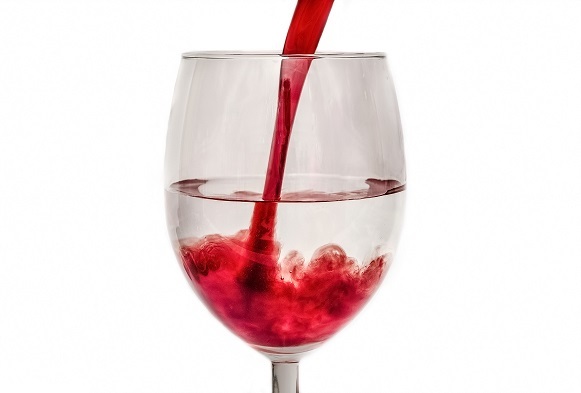Water into Wine

One glass contains 100ml of water, and a second glass contains 100ml of wine. 10ml of water is taken from the first glass and put in the second. This mixture is stirred thoroughly, and 10ml is taken and placed back in the first glass.
At the end of this procedure, will the amount of wine in the first glass be greater or smaller than the amount of water in the second glass?
This section requires Javascript.
You are seeing this because something didn't load right. We suggest you, (a) try
refreshing the page, (b) enabling javascript if it is disabled on your browser and,
finally, (c)
loading the
non-javascript version of this page
. We're sorry about the hassle.
It is possible to show through a calculation that the amount of water in the second glass is the same as the amount of wine in the first glass. However, there is another way to look at this situation:
At the end of the procedure, the glasses both contain 100ml of liquid. Therefore, any water that is in the second glass must have come from the first glass, and must have been replaced in the first glass by an equal amount of wine.
In fact, the mixing thoroughly step is unnecessary: the result will hold even with substandard mixing practices.